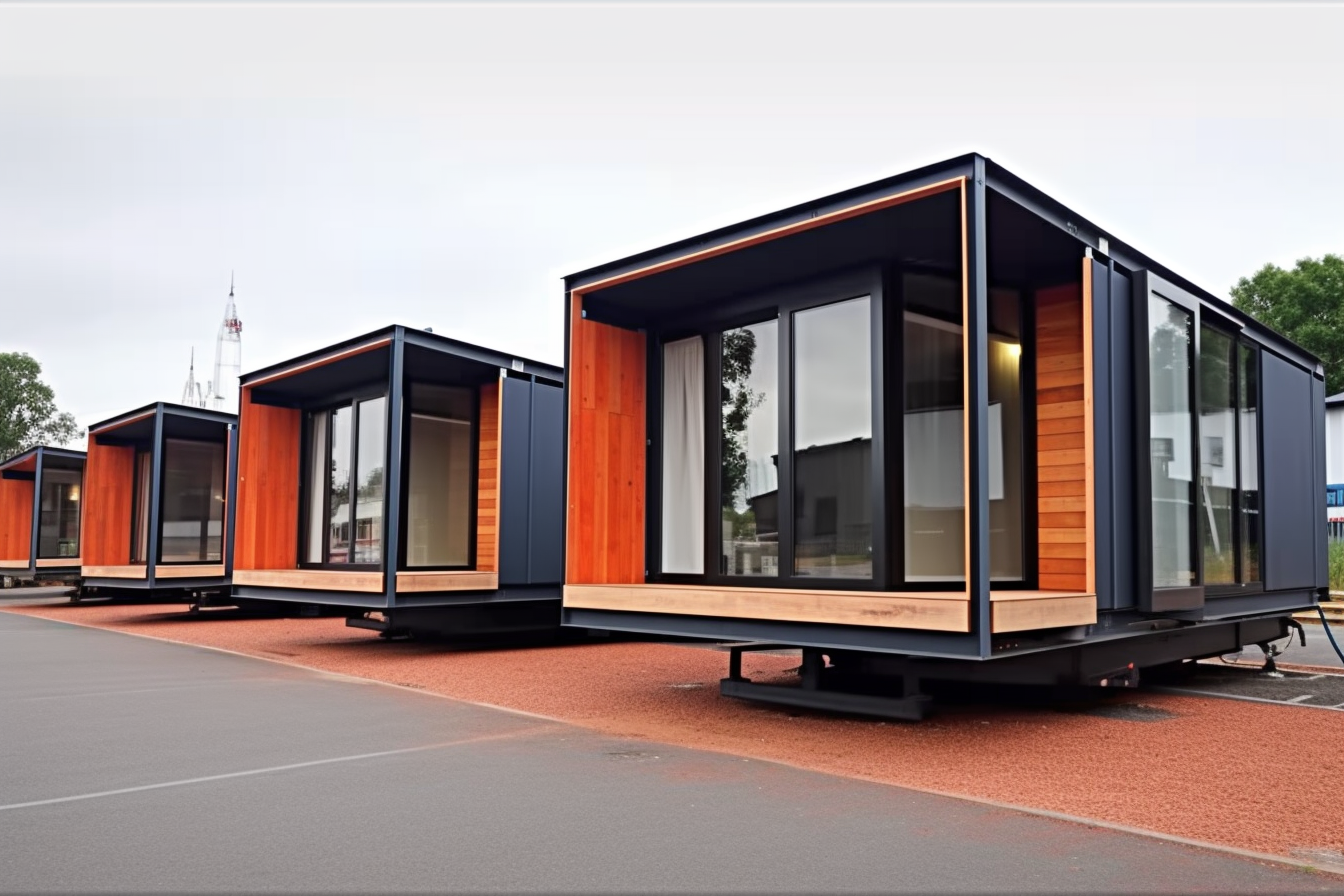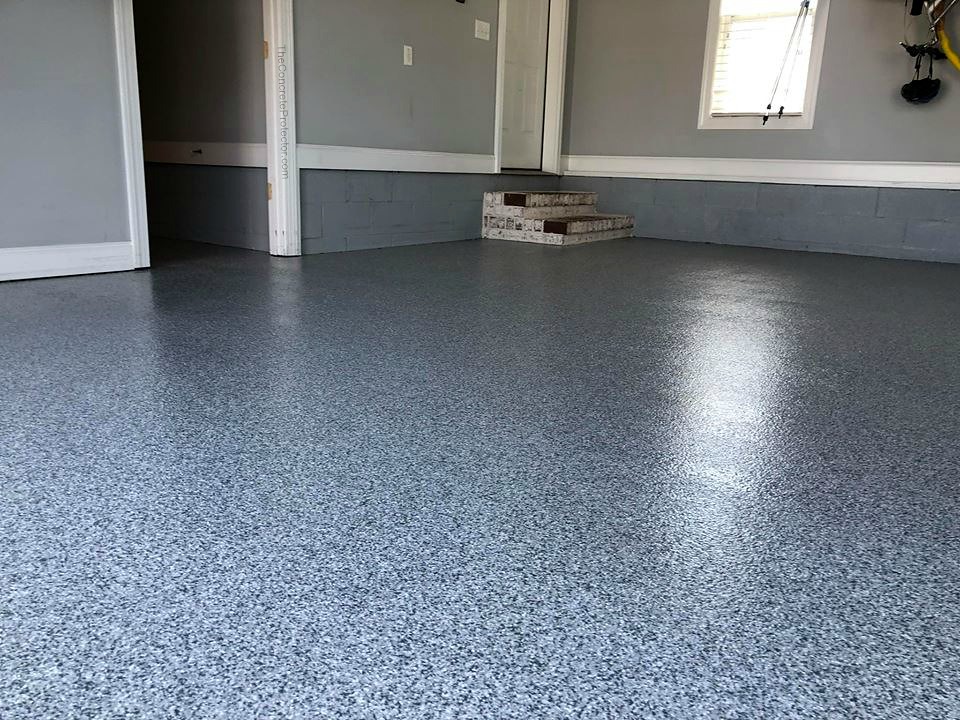Demystifying the Digital: The Rise of Virtual Reality in the Art World
Introduction: In the digital age, art has been reinvented, and one of the most revolutionary transformations is the emergence of Virtual Reality (VR) in the art world. Discover how VR technology is reshaping art, from creation to exhibition, and its profound impact on artists, audiences and the industry as a whole.

Unveiling Virtual Reality in Art: A Historical Perspective
To comprehend the significance of Virtual Reality in the art world, it is necessary to understand its inception and evolution. The concept of VR, a computer-generated simulation of a three-dimensional environment, first emerged in the mid-20th century. However, it only began to permeate the art world in the 1990s and 2000s when technological advancements made it more accessible and affordable.
The Present Moment: VR Art in the 21st Century
Contemporary artists are harnessing the potential of VR technology to create immersive experiences that challenge traditional boundaries between artist, artwork, and audience. Notable examples include the VR installations at Venice Biennale 2019 and pioneering artists like Char Davies and Rachel Rossin who are creating multi-sensory VR artworks. This digital artistic expression is not only reshaping the creative process but also the way art is exhibited and experienced.
Impact and Significance: The Power of VR in Art
The impact of VR on the art world is multifaceted. For artists, it offers a new medium to explore and express their creativity. For audiences, it provides an immersive, interactive experience, enabling a deeper engagement with the artwork. For the industry, it opens up new avenues for exhibition and monetization. However, the use of VR also raises questions about the nature of art and authenticity, sparking intriguing debates within the art community.
The Reception of VR Art: A Mixed Response
Despite its innovative potential, the reception of VR art has been mixed. While some hail it as the future of art, others express skepticism, citing concerns about the overemphasis on technology at the expense of artistic substance. Yet, it is undeniable that VR art is gaining momentum, with a growing number of exhibitions, festivals, and galleries dedicated to it.
Looking Forward: The Future of VR in Art
The future of VR in the art world looks promising yet unpredictable. As technology evolves, so will the possibilities for VR art. However, the challenge lies in ensuring that technology serves as a tool for artistic expression, not a gimmick. The future of VR art will depend on how artists, audiences, and the industry navigate this delicate balance.
The rise of VR in the art world represents a significant cultural shift. As we delve into this uncharted territory, we are reminded of the boundless potential of art to adapt, innovate, and inspire. As technology continues to evolve, it will be fascinating to see how VR further transforms the art world.




